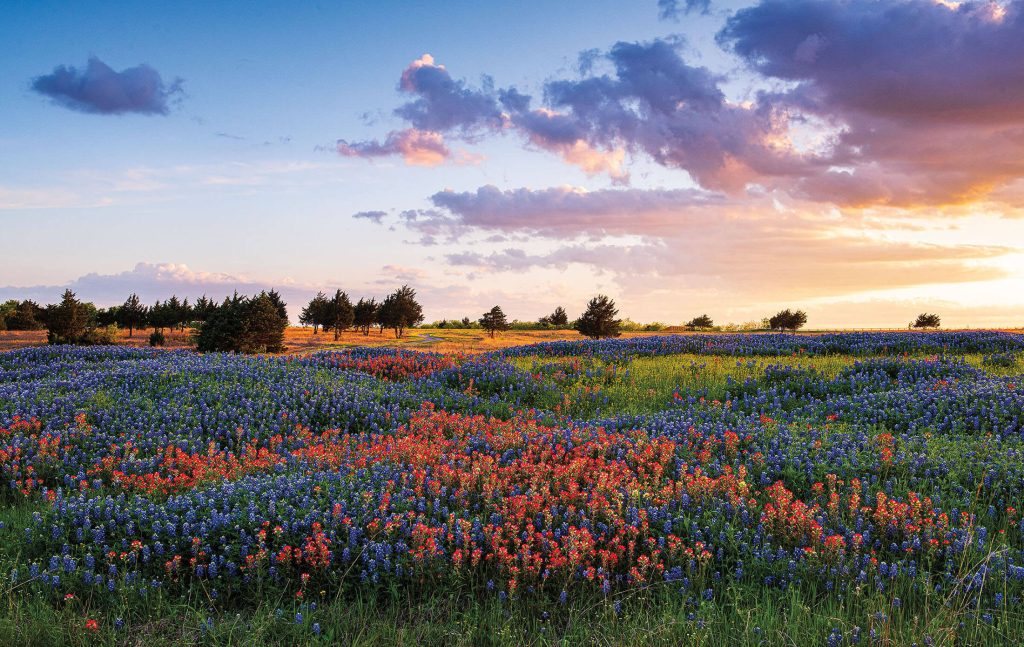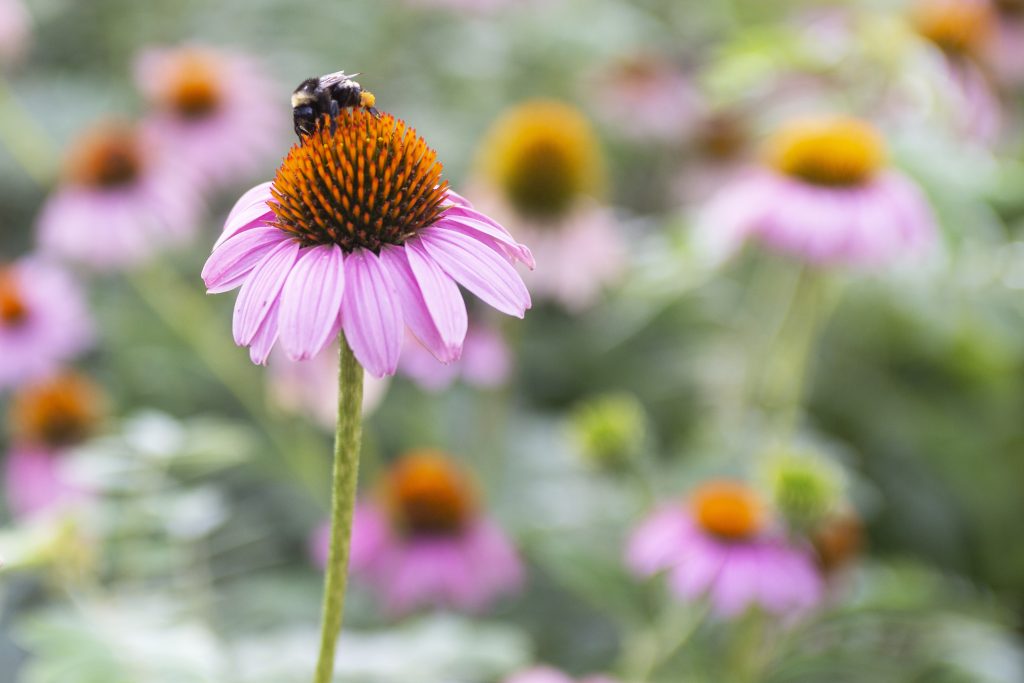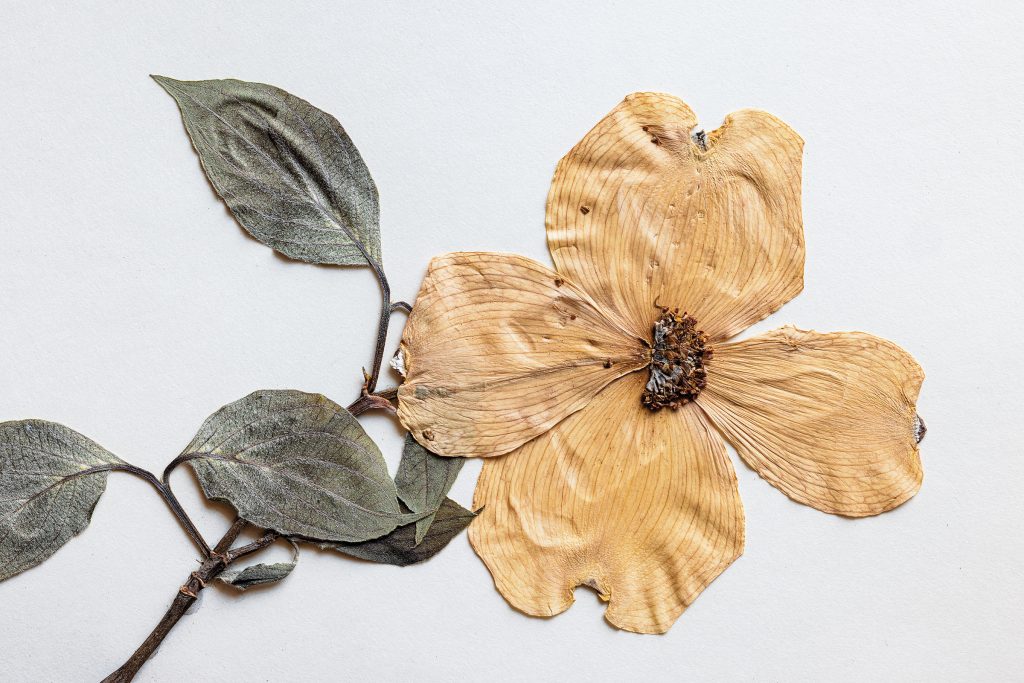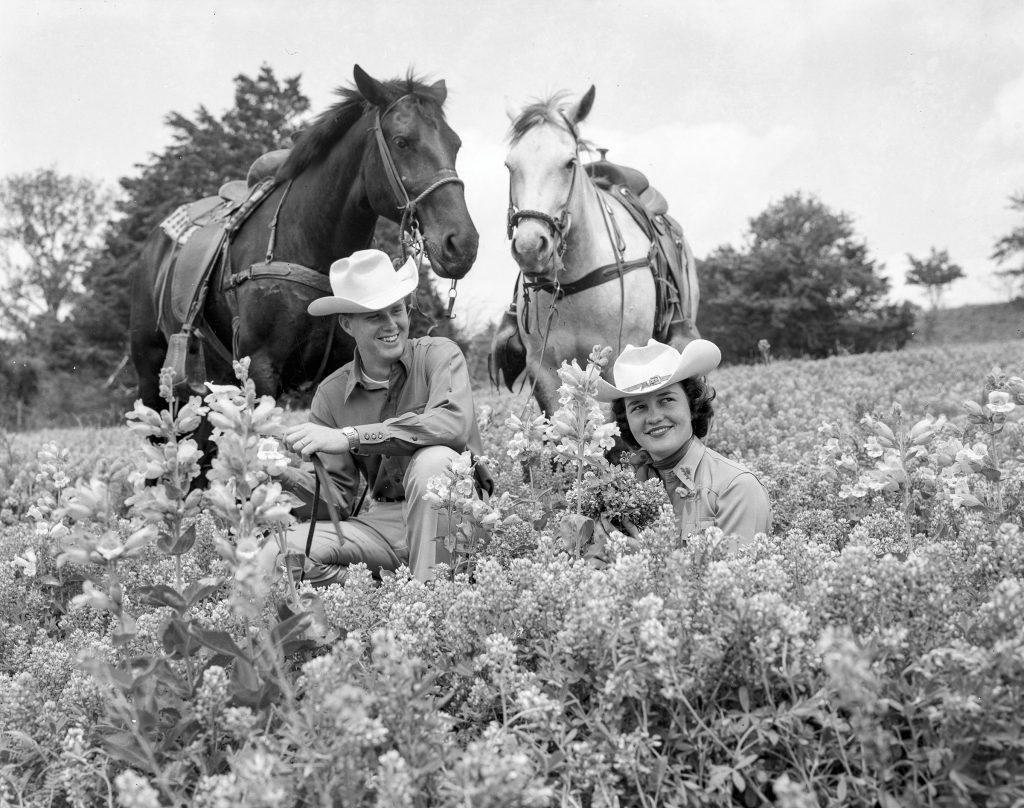Bee-haw!
We have bees to thank for our beloved Texas wildflowers
By Melissa Gaskill
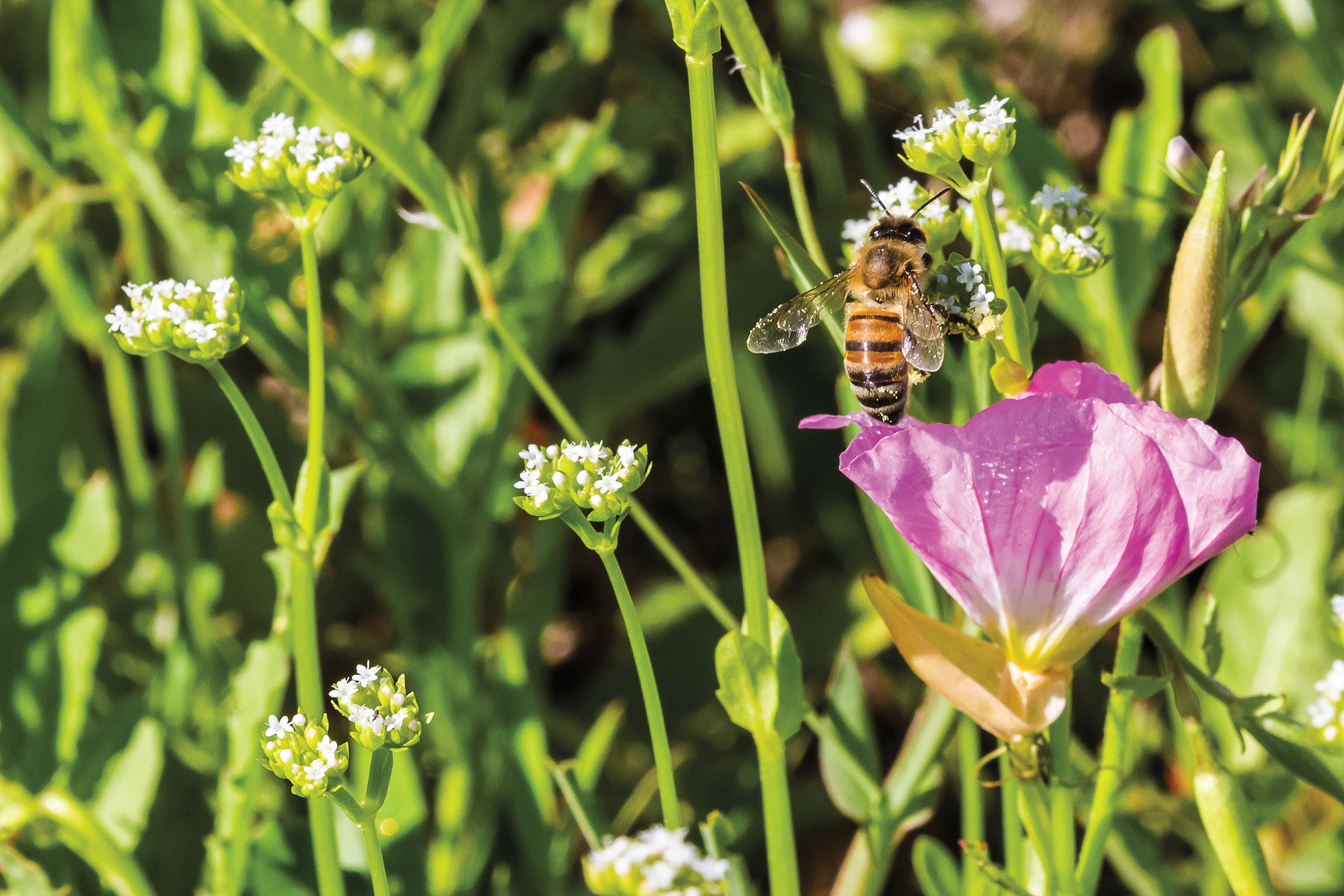
Mention bees, and most people picture the familiar little honeybee, Apis mellifera. Native to Europe and first domesticated in Africa or Eurasia thousands of years ago, this species produces honey and beeswax and pollinates plants and agricultural crops. But Texas is home to more than 800 native bee species that pollinate the state’s plants.
While most of these natives don’t produce honey, their life cycles are synced with those of native flowers, and they have physically adapted to the shapes and needs of Texas plants. For example, since bluebonnets bloom early, their pollinators can withstand cooler temperatures. And bluebonnets’ pollen-producing parts are tucked behind fused petals known as a keel, so bumble, digger, and mason bees know to put weight on the keel to open the flower. These subtle connections between native bees and plants make their survival possible.
“Without native pollinators, we wouldn’t have all those roadside flowers in spring,” says Ross Winton, invertebrate biologist at Texas Parks and Wildlife.
Unfortunately, both foreign honeybee and native bee populations are declining due to a combination of habitat loss, pesticide use, disease, air pollution, and climate change. More hot days, for example, affects bumblebees, as does increasing urbanization.
Bees need both nesting places and food, says Laurel Treviño, outreach coordinator at the University of Texas Department of Integrative Biology’s Jha Lab. “You can provide plenty of food, but if they have nowhere to nest, they aren’t going to hang around,” she explains.
You can help bees by providing habitat like bare ground or fallen logs, or by building a nesting block (see illustration). To provide food, plant native plants or leave them where they grow naturally. Limiting pesticide use is important, too. Chemicals used to exterminate ants and other pests are not specific and will affect anything that comes into contact with them. “Just be targeted in your approach,” Winton says.
Keeping Busy
Honeybees and native bees pollinate nearly 90% of wild plants, including wildflowers, and about a third of U.S. crops.
Different bees have different ways of collecting pollen. Bumblebees, for example, are “buzz pollinators,” Treviño says. “They hug the flower and vibrate really fast, shaking the pollen out like salt from a shaker.”
Most female bees are intentional collectors when they are nesting. But bees are generally more accidental pollinators: Pollen sticks to hairs on their body at one flower and fall off at the next. “Bees that go from sunflower to sunflower, one tomato plant to the next, or one bluebonnet to the next are more effective pollinators,” Treviño says.
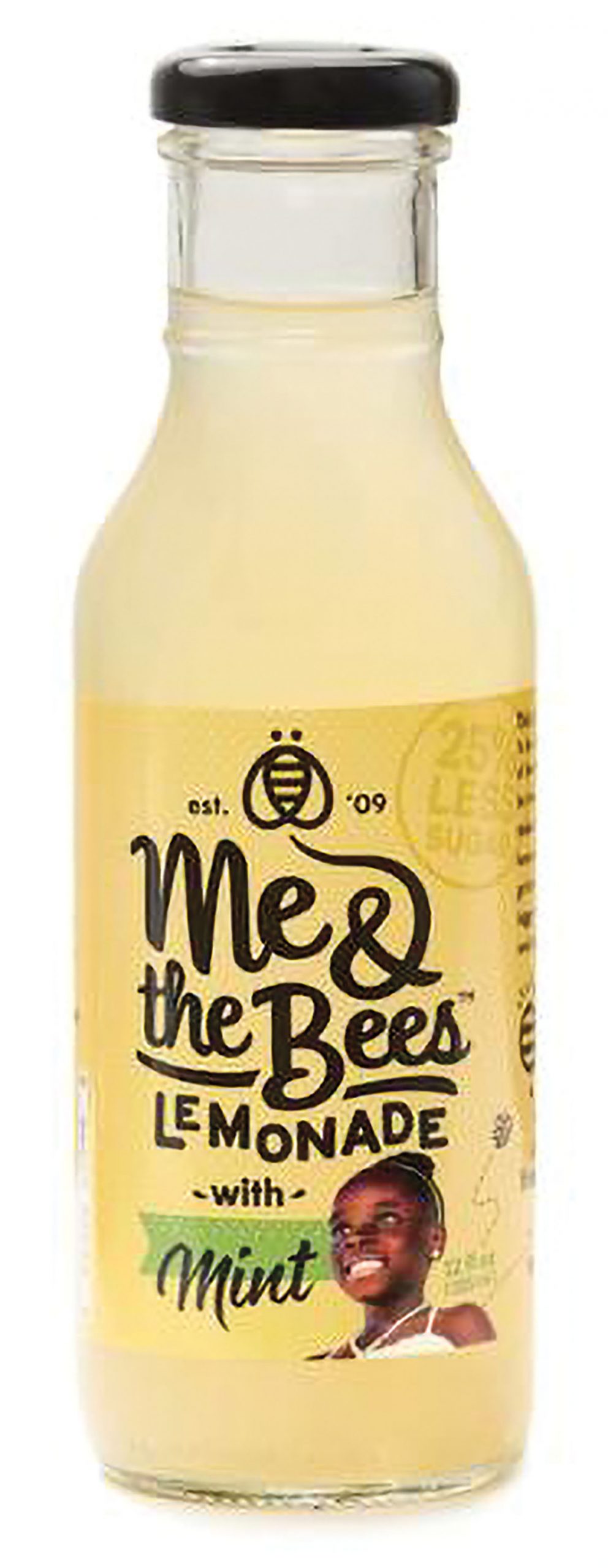
Lemonade for the Bees
Mikaila Ulmer started Me & the Bees Lemonade in Austin when she was just 4 1/2 years old, and her products are now sold in grocery stores and business cafeterias around the country. As a high school student in Austin, she invests a portion of the brand’s profits in saving the bees through her Healthy Hive Foundation.
Q: How did you come up with the idea for Me & the Bees Lemonade?
A: I heard about Austin Lemonade Day [an event that teaches children entrepreneurship] and based my recipe on a recipe for flaxseed lemonade in my Great Granny Helen’s 1940s cookbook. I was stung by bees twice in one week, and my parents said, “Do some research, don’t be scared of them your whole life.” I learned bees are incredibly important pollinators and decided to make honey-sweetened lemonade and use my profits to help bees.
Q: How do you come up with the flavors?
A: We try to keep it fun and functional. My first flavor was mint, because mint in the garden was taking over everything. I made prickly pear as an homage to Texas and iced tea for my grandfather. We take a lot of customer advice and recommendations.
Q: What does your foundation do for bees?
A: The Healthy Hive Foundation does research and education, protects bees, and supports social entrepreneurship. We help organizations like Texas Beekeepers Association and the Lady Bird Johnson Wildflower Center save our pollinators. When we collaborate, we can reach and inspire more people.
Q: What do you wish people would do to help bees?
A: There are so many things. Easy ones are to stop spraying pesticides in your yard and mix up the flowers with wildflowers and native plants if you can. Bees need flowers that don’t have chemicals on them for food. If more homeowners and farmers did that, it would really make a difference.
800+
Number of bee species native to Texas
2 million
Number of flowers it takes to make 1 pound of honey
$3 billion
Annual value of pollination provided by native bees to U.S. agriculture
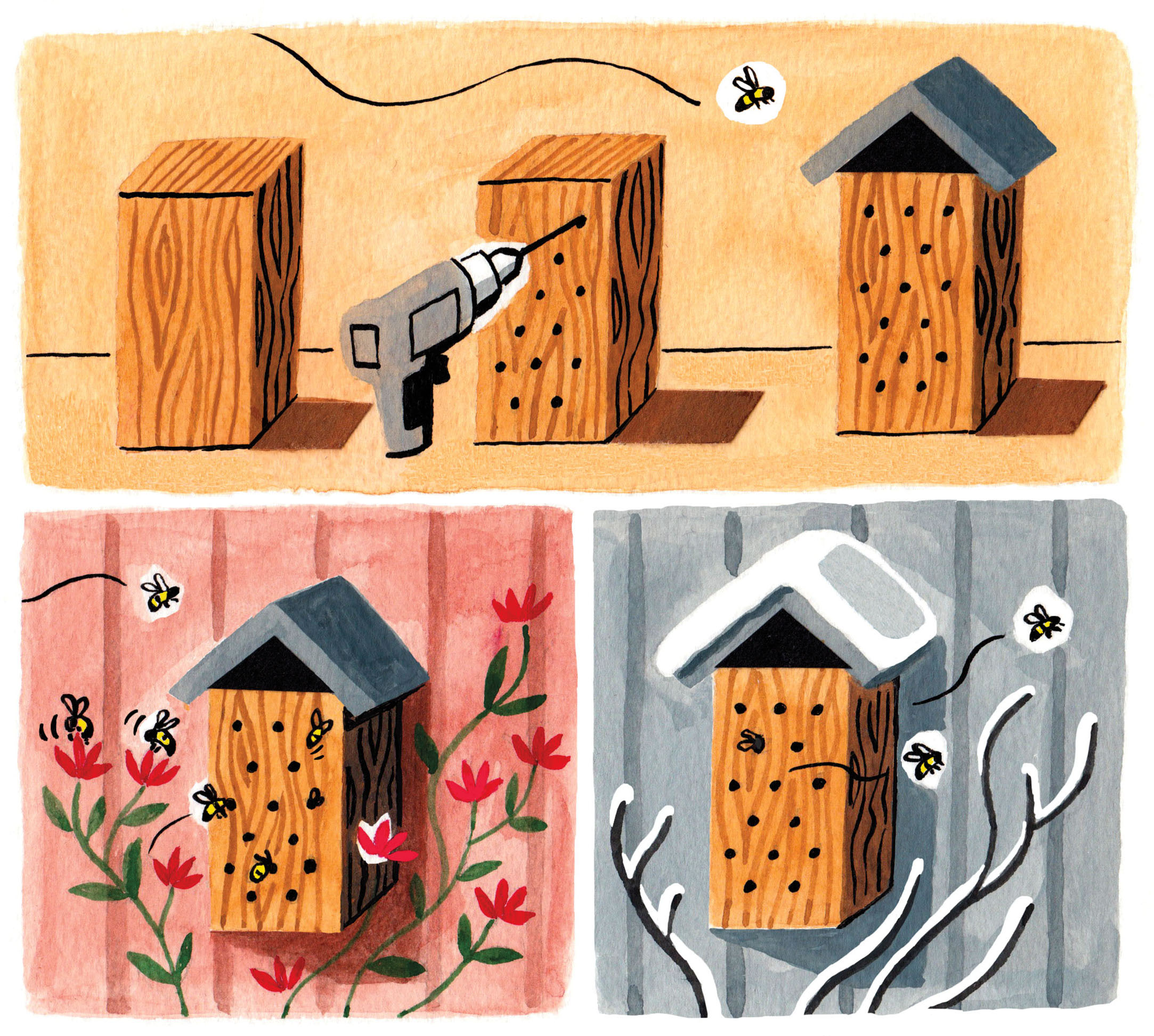
How to Build a Bee Abode
Native bees nest in the ground or other cavities, and you can build them a nesting block to provide shelter. The types of bees that use these blocks are normally nonaggressive, so there’s no need to worry about stings.
1. Use a 4-by-8-inch block of untreated wood, or combine other sizes to form a block at least 8 inches tall.
2. Drill holes varying from ¼- to 3/8-inch diameter, 3 to 6 inches deep, spaced ¾ inch apart. Stop holes about ½ inch from the back of the block. Use a sharp drill bit at a high speed to create a smooth interior that won’t damage bee wings.
3. Attach a roof.
4. Secure firmly to a building, fence, or post at least 3 feet above the ground.
5. Orient the face toward the southeast.
6. Leave in place through winter—the bees will vacate the space for hibernation—or put in an unheated garage and replace outdoors in late winter or very early spring.
